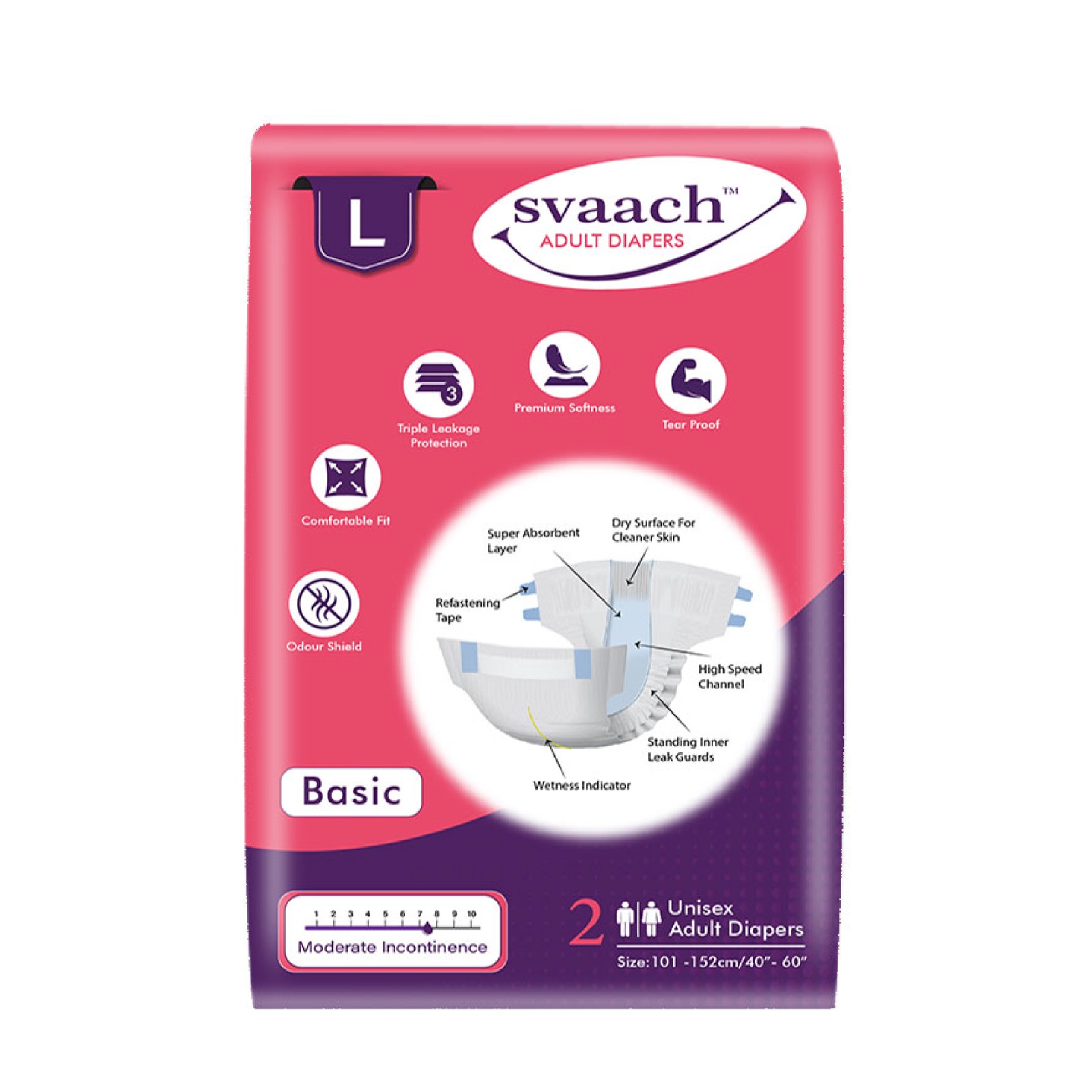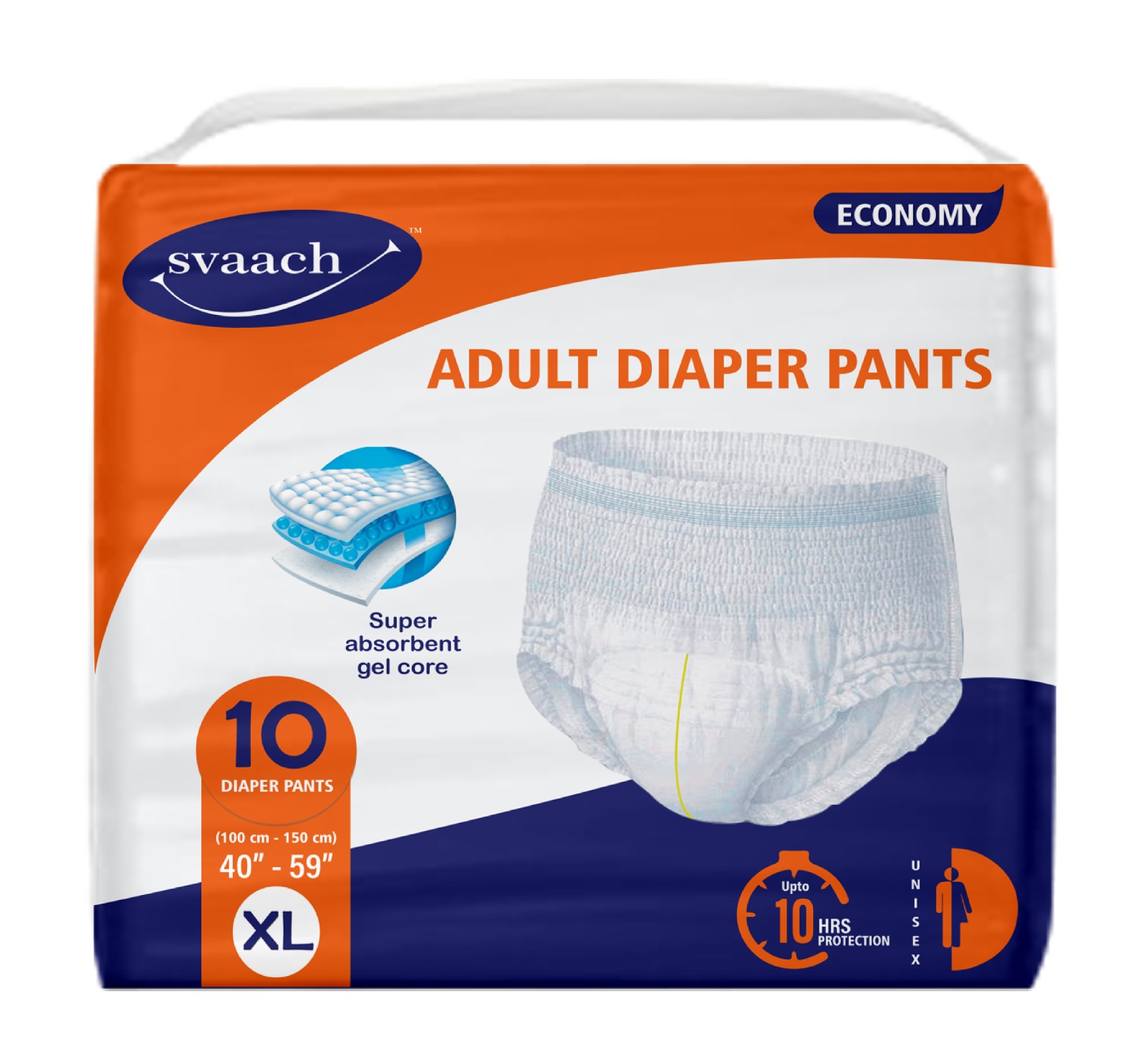Introduction:
Health is not merely the lack of illness; it is a state of well-being that encompasses the physical, mental, and social aspects of life. Nowadays, medicine deals with the problems and the symptoms of a disease to make the patient feel well. The holistic treatment is the other way around; it looks to help the whole person, not only the physical symptoms of disease or injury. The word “holism” (from the Greek “holo,” which means “whole”) is a theory that all the parts of a whole are closely connected, and the true understanding is when you see how all these parts work together. Find out the drug-free solutions for optimal wellness.
Drug-Free Solutions for Optimal Wellness:
Drug-free solutions for optimal wellness encompass a variety of holistic approaches aimed at promoting health and well-being without relying on pharmaceutical drugs. Here’s an in-depth exploration of some key drug-free solutions:

1. Nutrition and Diet:
An element of the drug-free wellness that is the basis is a healthy diet. Here, we face the challenge of eating whole, unprocessed foods that are abundant in nutrients such as vitamins, minerals, antioxidants, and fiber. Stress on fruits, vegetables, whole grains, lean proteins, and healthy fats can be a support for general health, and it can also be a way of reducing the risk of chronic diseases.
2. Physical Activity:
Regular exercise is very useful for the best health. Physical activity is a great way to keep your weight down, strengthen muscles and bones, and keep your heart healthy. Moreover, it increases the level of happiness, thus improving the overall quality of life. The activities that one can do can be anything from aerobic training to strength training, yoga, and tai chi.
3. Stress Management:
Stress can be a long-term disease and it is very bad for health, so one needs to manage stress in an effective way. Among other things, mindfulness meditation, deep breathing exercises, progressive muscle relaxation, yoga, and tai chi are the ways to cope with stress and relax.
4. Sleep Hygiene:
Sleep is of high importance for overall health. The establishment of a regular sleeping schedule, the creation of a calm bedtime routine, the improvement of the sleep environment, and the practice of good sleep hygiene habits can enhance sleep quality and duration; thus, better physical and mental health are the outcomes.
5. Herbal Remedies and Supplements:
Many herbs and natural supplements have been used for a long time to promote the health and well-being of people. For instance, herbs, such as chamomile for relaxation, turmeric for its anti-inflammatory qualities, and supplements like omega-3 fatty acids for heart health are some of the items that are used by a person for their well-being. Nevertheless, it should not be done without the doctor’s advice before starting any new supplement regime.

6. Holistic Therapies:
Different all-around healing techniques can be used with regular medicine and thus help in well-being. These may consist of acupuncture, chiro- when you get a better feeling massage therapy, aromatherapy, reflexology, and energy healing methods like Reiki. The therapies work to re-establish the equilibrium of the body, mind, and spirit, which in turn, strengthens the whole being, and thus, improves health and well-being.
7. Mind-Body Practices:
Practices that combine the mind and body can cause wellness to be highly significant. Mindfulness-based techniques, like mindfulness meditation, yoga, and tai chi, are the methods that help in the reduction of stress, enhancement of mood, promote relaxation, and overall well-being by increasing awareness and the presence of the mind.
8. Social Connection and Support:
The main thing about the community is the emotional well-being of the individuals. Encouraging interactions with people who care about you, spending your time with family and friends, and taking part in social activities can be a source of emotional support, decrease loneliness and depression, and improve overall wellness.
9. Environmental Factors:
Making a good living environment can also contribute to the overall well-being of a person. This covers the limiting of the contact with environmental toxins including air and water pollution and the introduction of elements of nature such as outdoor activities and plants indoors which can be beneficial to mental and emotional health.
Several Benefits of Drug-free solutions for optimal wellness:
The benefits of drug-free pain relief and healing are numerous and can offer holistic solutions that address the root causes of pain and promote overall well-being. Here are some key advantages:

A. Reduced Risk of Side Effects:
Unlike drug-based pain medications, which often have a multitude of possible side effects, non-drug pain relief methods usually have no or very few side effects. This is especially true for people who are allergic to drugs or have some diseases that could cause them to be complicated.
B. Addressing Root Causes:
Drug-free techniques of pain relief mostly go for the treatment of the causes of pain rather than the subduing of symptoms. Through the recognition and attacking of the causes of the pain, these ways can result in a more prolonged and lasting ease.
C.Promotion of Holistic Wellness:
A lot of methods of substance-free pain relief, like acupuncture, massage therapy, and chiropractic care, try to achieve the balance of the body and total wellness. These modalities usually have a holistic view, they take into the connection of the physical, the mental, and the emotional health.
D.Empowerment and Self-Management:
Drug-free pain relief techniques allow people to be in control of the healing process of their own body. Methods like yoga, meditation, and practices which are based on mindfulness, give people ways to cope with the pain and to increase the quality of their lives from day to day.

E. Complementary to Conventional Treatments:
Alternative pain relief methods help conventional medical treatments to work in a better way, thus, they are like the support and symptom management for the body. Integrative medicine that uses both conventional and alternative therapies is sometimes a more effective way of managing pain because it covers the particular needs of each person.
F. Reduced Dependency on Medications:
Pain medication for a long time can cause people to be dependent and tolerant to it, thus the medicine is being increased or the stronger one is being used. Drug-free pain relief methods are the ways that help the individual control his pain without the possibility of getting involved in medications.
I. Improved Quality of Life:
Through the alleviation of pain and the enhancement of general health conditions, methods without drugs for pain relief can significantly improve the quality of life of a single person. The effective pain management without the side effects of the medications individuals can have mobility, productivity, and participation in daily activities.
Final Thoughts:

Drug-Free Solutions for Optimal Wellness sounds like a very good title! It is a call to investigate the possibility of using natural remedies and making lifestyle changes to ultimately lead to sound health and well-being. Various holistic techniques like nutrition and exercise, mindfulness, and alternative therapies can be used as a complement to conventional medicine. Through the use of the drug-free solutions that they have in their daily lives, people can in a way proactively support their health, reduce the risk of chronic diseases, and thus optimize their lives. In general, the non-drug pain relief and healing methods have many advantages that go beyond symptom management, thus, they help people to be healthy in every part, and at the same time, they also empower people to control their health in a safe and sustainable way.
*****





























